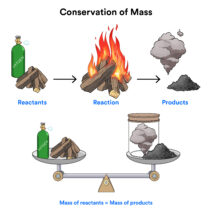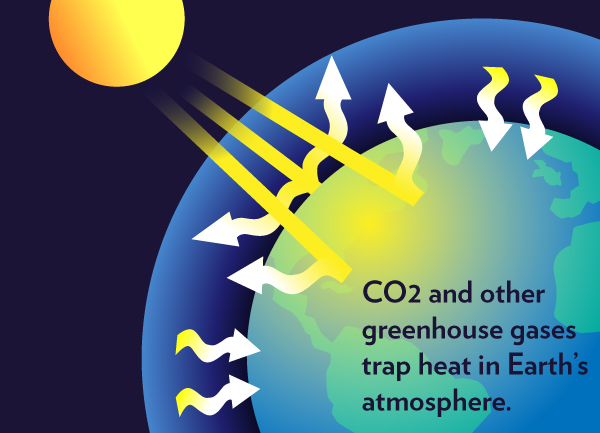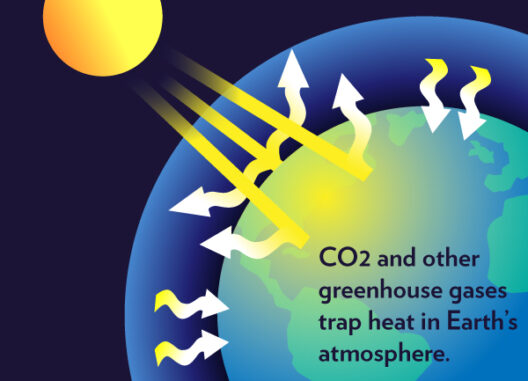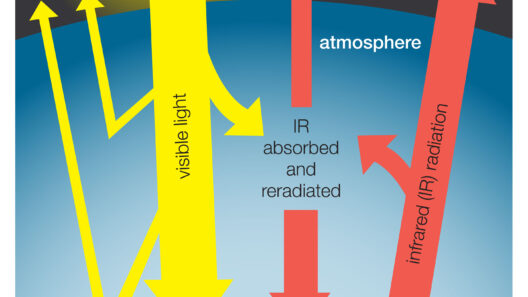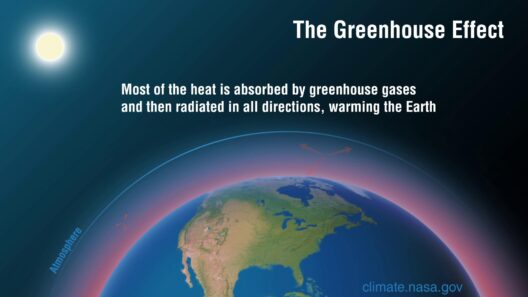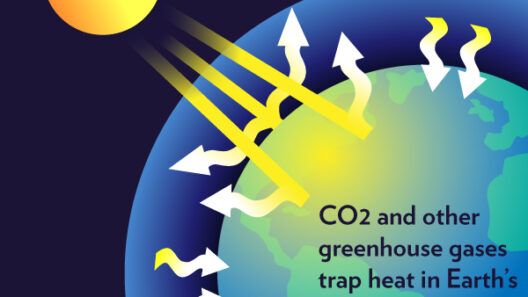Exploring the Vital Role of Greenhouse Gases
In the modern discourse on climate change, the term “greenhouse gases” often surfaces with an urgent undertone, invoking images of looming catastrophe and environmental degradation. However, the narrative surrounding these gases is not exclusively a doomsday tale. To understand the critical role that greenhouse gases play in the Earth’s ecosystem, it is important to delve into their functions, types, and the nuanced implications of their presence in our atmosphere.
Greenhouse gases (GHGs) are a natural and necessary component of the Earth’s atmosphere. They serve a pivotal role in regulating the planet’s temperature, allowing life to flourish. Without GHGs, the Earth would be inhospitably frigid, with average temperatures plummeting to about -18 degrees Celsius (0 degrees Fahrenheit). This section elucidates the fundamental contributions of GHGs to maintaining a stable climate.
The Greenhouse Effect: Nature’s Thermostat
The greenhouse effect is a naturally occurring phenomenon caused by gases such as carbon dioxide (CO2), methane (CH4), nitrous oxide (N2O), and water vapor (H2O). These gases possess the unique ability to absorb and emit infrared radiation, effectively trapping heat within the atmosphere. This process is akin to how a greenhouse works, allowing sunlight to enter but preventing heat from escaping. The implications of this thermal retention are profound, creating a climate conducive to life as we know it.
Solar radiation strikes the Earth’s surface, converting sunlight into heat. Subsequently, this heat is radiated back into the atmosphere. GHGs intercept this outgoing radiation, challenging it to escape into the cosmos. The equilibrium between incoming solar energy and outgoing thermal energy results in a delicate balance that sustains diverse ecosystems across the globe. Thus, while excessive GHG emissions due to human activities can lead to climate instability, the gases themselves are essentially indispensable for Earth’s habitability.
Delving Deeper Into Different Greenhouse Gases
While carbon dioxide is often at the forefront of discussions regarding climate change, several other gases play significant roles in the greenhouse effect. Each has distinct sources, lifespans, and global warming potentials that merit closer examination.
Carbon Dioxide: The Most Prominent Player
Carbon dioxide is the most prevalent greenhouse gas emitted by human activities, especially from fossil fuel combustion, deforestation, and industrial processes. Its longevity in the atmosphere can span over a century, making it a major concern for long-term climate stability. The rise in atmospheric CO2 levels since the Industrial Revolution, surpassing 400 parts per million, has unequivocally correlated with global temperature increases.
Methane: A Potent Yet Short-Lived Challenger
Methane, while existing in far smaller concentrations, is over 25 times more effective than carbon dioxide at trapping heat over a 100-year period. Its sources include agricultural practices, waste management, and fossil fuel extraction. Despite its potency, methane has a significantly shorter atmospheric lifespan, persisting for about a decade before breaking down into carbon dioxide and water vapor. This dichotomy presents a compelling case for reducing methane emissions in the short term to achieve more immediate climate benefits.
Nitrous Oxide: The Silent Escalator
Nitrous oxide is another critical participant in the greenhouse gas ensemble, largely emitted from agricultural fertilizers and industrial activities. Although it is found in much smaller quantities compared to CO2 and CH4, nitrous oxide has a global warming potential approximately 298 times greater than that of carbon dioxide over a century. Its increasing prevalence in the atmosphere underscores the need for sustainable agricultural practices to mitigate its emissions.
The Unseen Allies: Water Vapor
Water vapor, though not a direct result of human activity, constitutes a significant aspect of the greenhouse gases’ interaction with temperature regulation. As temperatures rise, water vapor concentrations increase, thereby reinforcing the greenhouse effect in a positive feedback loop. While human intervention cannot directly manage water vapor levels, understanding its interplay with other greenhouse gases unravels a crucial dimension of climate science.
The Double-Edged Sword: Human Impact and Climate Change
As greenhouse gases continue to increase due to anthropogenic activities, the delicate balance of the greenhouse effect is under threat. A burgeoning global population, coupled with industrialization and unsustainable agricultural practices, has accelerated emissions to alarming rates. This human-induced dilemma challenges the equilibrium established over millennia, resulting in phenomena such as climate variability, melting ice caps, and rising sea levels.
Nevertheless, the presence of greenhouse gases is not inherently detrimental. It is the excess caused by human activity that poses a risk. Therefore, interventions aimed at reducing emissions, enhancing carbon sequestration, and refining energy technologies are crucial in preserving the invaluable equilibrium that sustains our planet.
Charting a Sustainable Future
The vital role of greenhouse gases in fostering life on Earth cannot be overstated. While they are essential for a stable climate, the focus must shift towards mitigating excessive anthropogenic emissions. Innovative solutions and technologies are emerging, with an emphasis on renewable energy sources, conservation practices, and sustainable agricultural methods. By acknowledging and addressing the duality of greenhouse gases, we can work towards a balanced approach—one that safeguards our planet for future generations while acknowledging the natural processes that enable life itself.
The intricate relationship between greenhouse gases and climate underscores an essential truth: the narrative is not solely one of crisis but one of opportunity. Each step taken towards sustainable practices and GHG reduction represents a crucial stride in the overarching journey of climate resilience and ecological stewardship.


